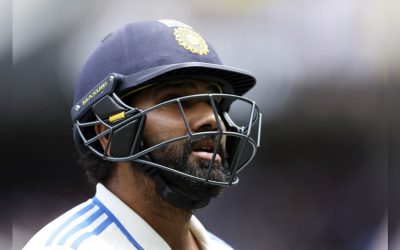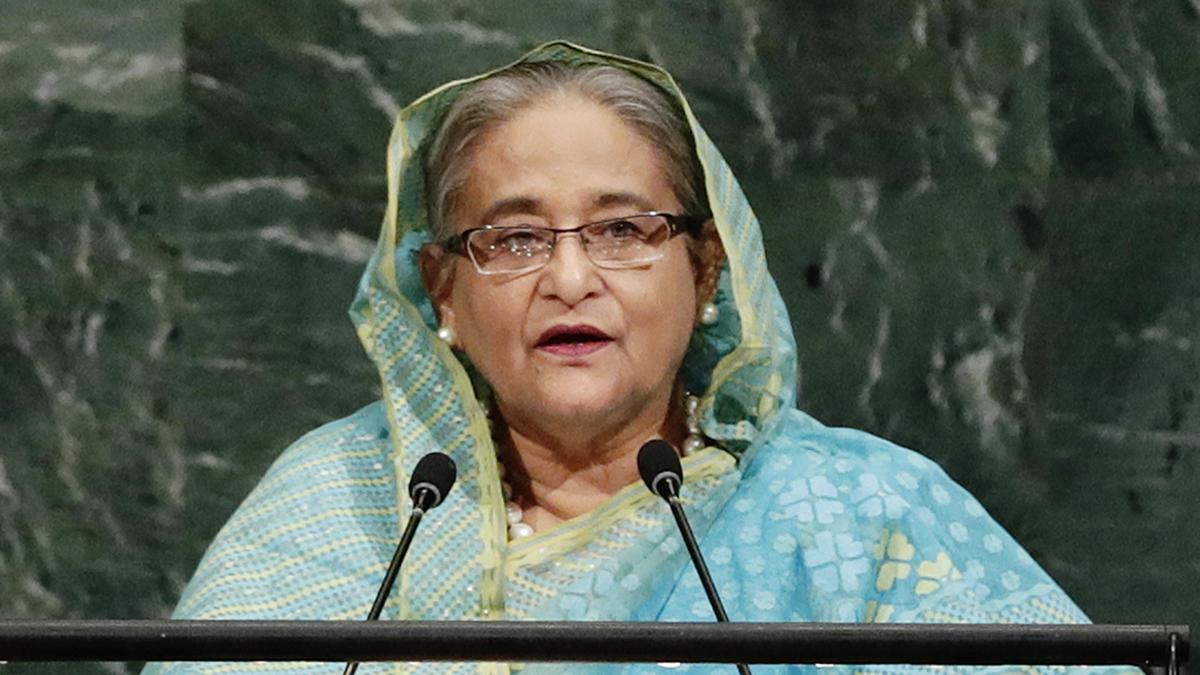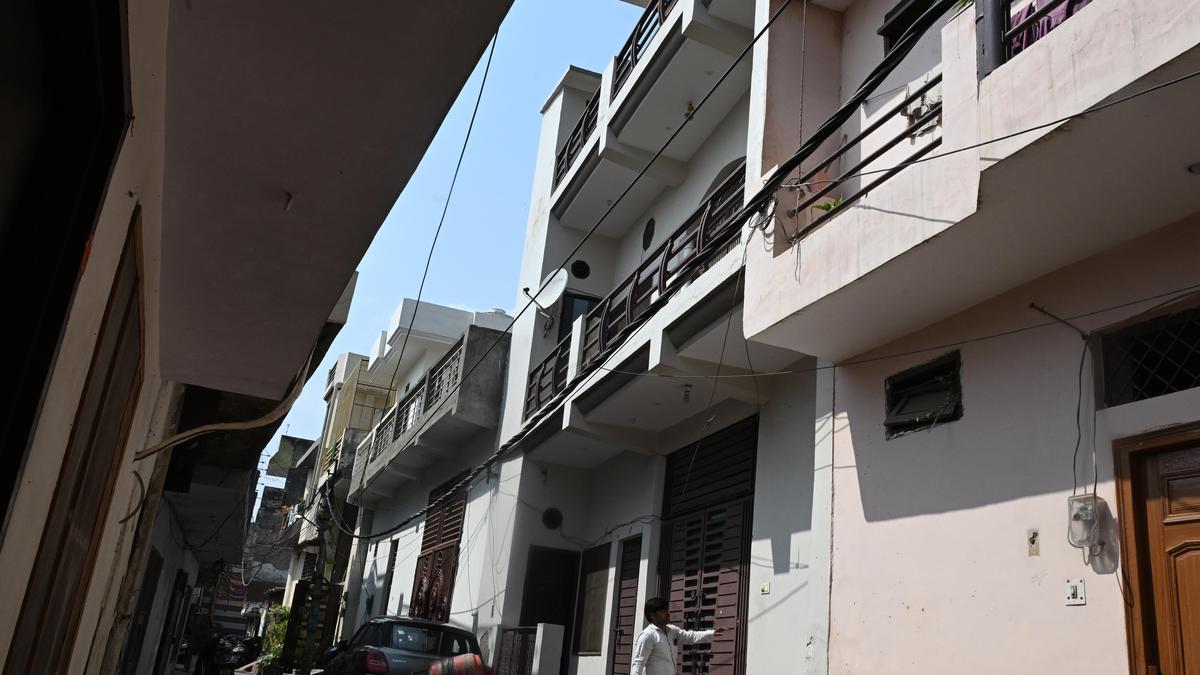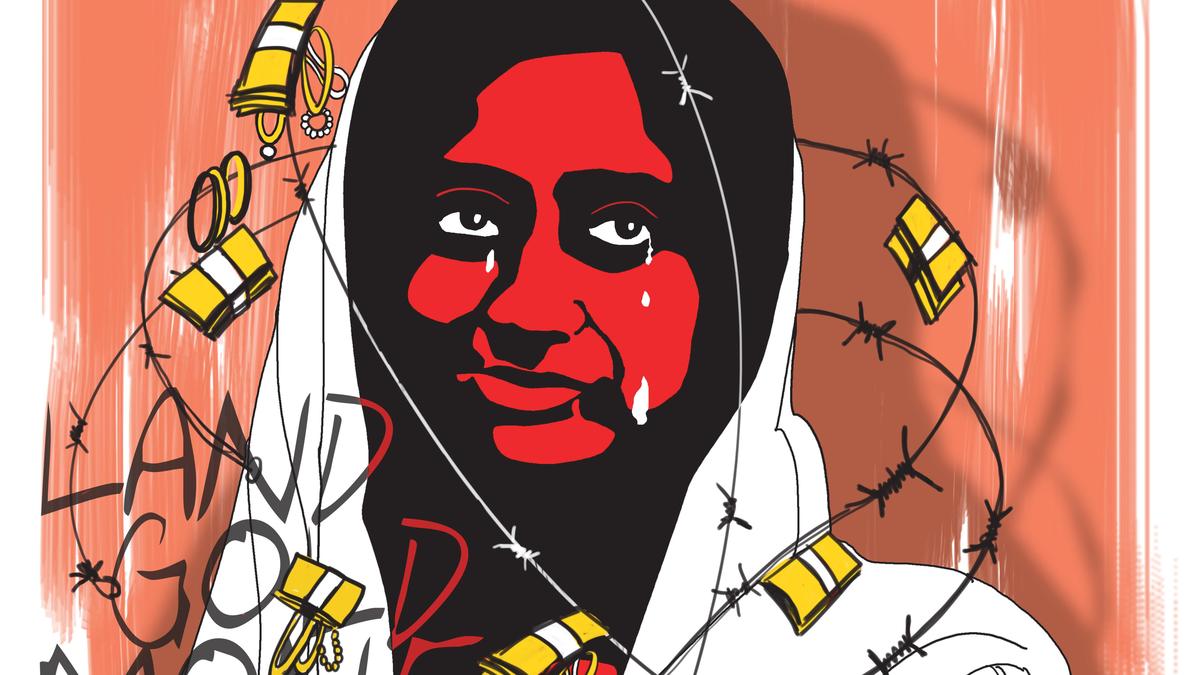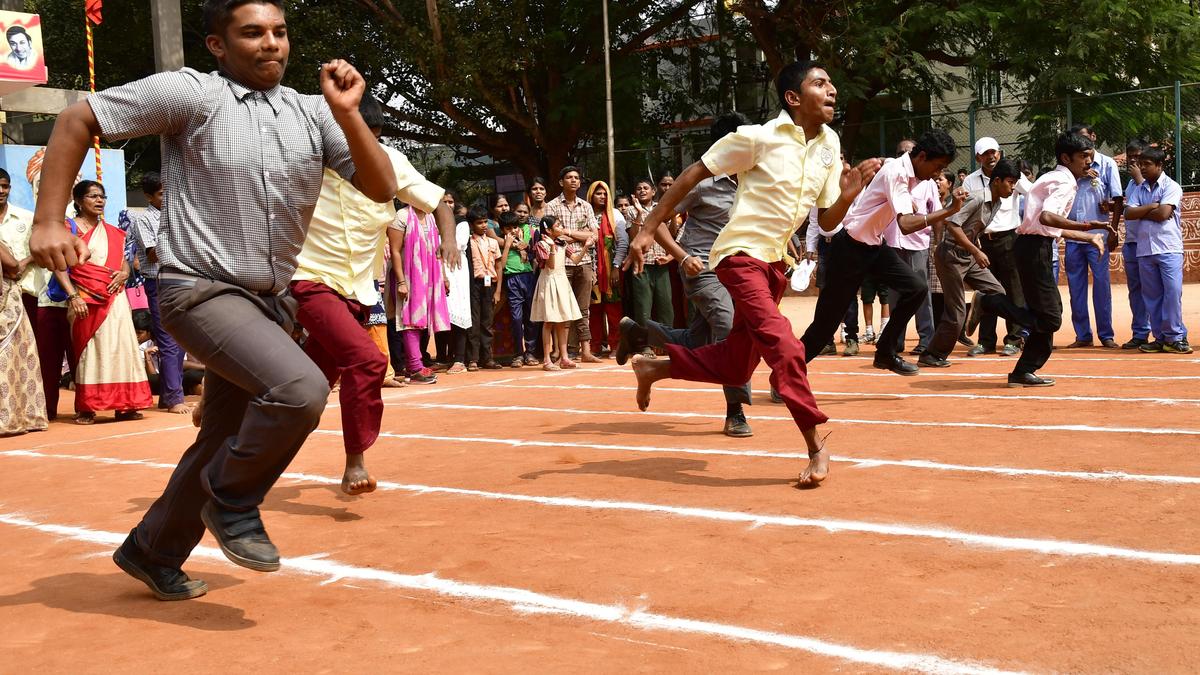Telangana bus-lorry crash: When bad roads and bad judgment collide
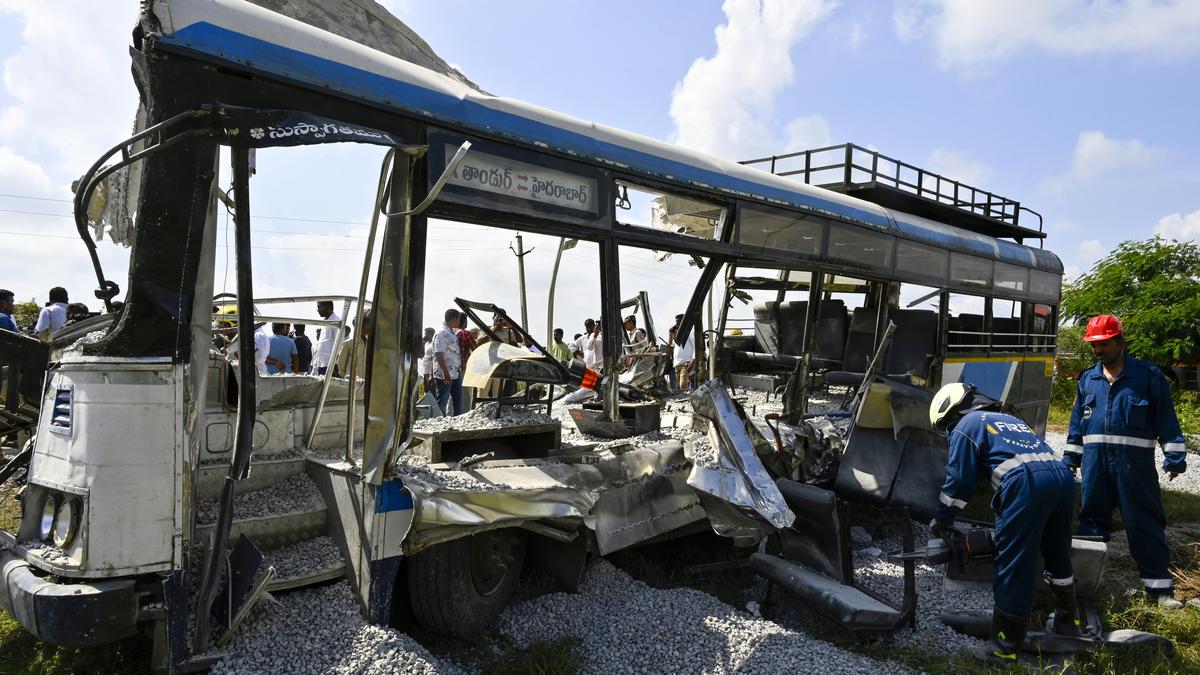
Mohd. Wahed barely slept on the night of November 2. The 32-year-old poultry transporter kept staring at the strings of balloons, candles and platters set out for 100-odd guests in his modest Kishanbagh home in Hyderabad, imagining the moment he would finally hold his 40-day-old daughter for the first time. By dawn, his wait was almost over: his wife Saleha Begum (20), her father Mohd. Khalid (43) and baby Zaheera Fatima were already on their way from her parents’ house in Tandur, roughly 120 kilometres away. The house and Wahed were ready for their welcome. But the bus bringing them home never arrived.
Around 7.10 a.m., on the Mirjaguda stretch of National Highway 163, the Telangana State Road Transport Corporation (TGSRTC) bus collided head-on with a gravel-laden lorry. The impact crushed the front of the vehicle, splitting open the 44-seater and burying it under tonnes of gravel. Nineteen people were killed instantly.
Rescue workers found Saleha, a homemaker, in the mangled wreckage, her arms wrapped around her daughter. Their bodies and that of her father were taken to the Community Health Centre (CHC), colloquially known as Government Area Hospital, about six kilometres away.
“This was the baby’s first journey home,” says Wahed’s brother, Waseem. “Saleha went to her mother’s place after delivery, as is our custom. The cradle ceremony was set for November 5. Wahed had spent a lot on decorations, jewellery and food. He hadn’t even seen his daughter since she was born. He is inconsolable.”
Saleha’s father worked in transport and packaging, the only earning member of his family in Tandur, a town in Vikarabad district.
The crash site at Mirjaguda still bears the marks of that morning with sand poured hastily over blood stains, long dark skid marks etched across the asphalt, shards of glass and jagged pieces of metal half-buried in the dust.
From a distance, the bus resembles a large crushed tin can. Its blue frame lies split open, the roof peeled back like paper. The driver’s seat is flattened, the front wheels twisted sideways under a mound of gravel. Only the rear portion — a bent stretch of chassis and a few blue metal seat frames — suggests it was once a passenger bus.
It was around 5.50 a.m. on November 3, when the bus from Tandur depot began its journey towards Hyderabad. On board were more than 70 passengers — students heading to classes, office-goers clutching their bags, an elderly man on his way to a hospital appointment and families like Saleha’s.
The highway, barely 22 metres wide, snakes through open land and sharp, unmarked bends. Years of neglect have left it rutted and scarred, breaking into patches of potholes and loose sand that drifts onto the asphalt from nearby fields. There are no streetlights, no median, no warning signs of curves or dips ahead.
Survivors recall that the lorry swerved to dodge a pothole and drifted slightly into the opposite lane just as the RTC bus approached. The collision was instantaneous, and catastrophic.
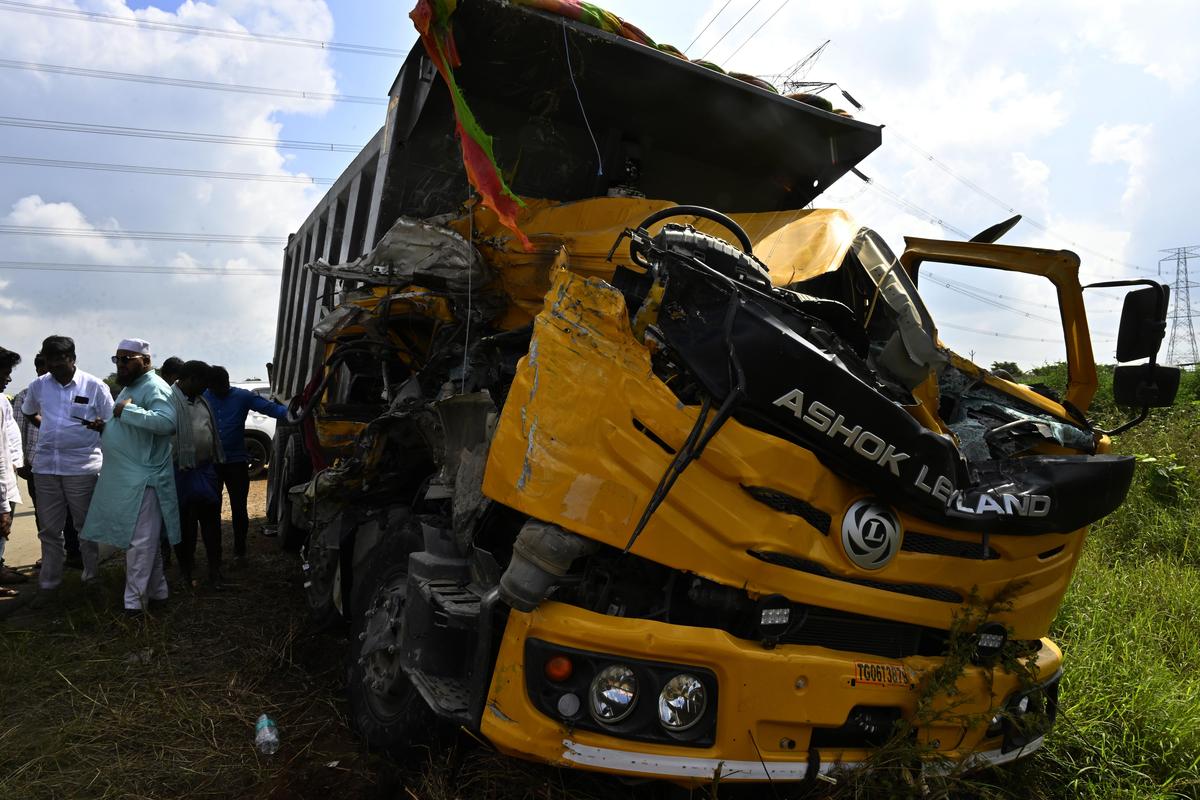
Officials and media gather near the wreckage of a tipper lorry after it collided head-on with a Telangana RTC bus near Chevella, in Ranga Reddy district on November 3.
| Photo Credit:
NAGARA GOPAL
The lorry’s load burst forward, gravel cascading through the shattered windshield and over the passengers seated in the front and middle rows. Under the weight of the 10-wheeler Ashok Leyland tipper, metal twisted and collapsed. The bus tipped sideways, half-buried in gravel. Amid waves of dust and screams for help, those at the back fought to break windows and crawl out; others were pinned under seats.
By the time rescue teams arrived, the wreckage stretched over 100 metres. Diesel fumes and the smell of scorched rubber hung in the air. Villagers rushed forward first, pulling people out before the police reached. Thirty-eight survivors, many in critical condition, were shifted to various hospitals — the CHC, Vikarabad government hospital, and Putnam Mahender Reddy (PMR) hospital.
Wahed’s family was among several that shattered in seconds. Two young girls were orphaned. Three sisters, on their way to write college exams in Hyderabad after attending their elder sibling’s wedding, never made it.
At PMR hospital, Anuja, an assistant professor on duty that morning, says she had never seen a scene like that in her entire stint. “I was on night shift and was supposed to get off work by 9 a.m. But we received a call about a mass casualty and were told to expect 4-5 injured persons. The numbers went up to 14. Over half the beds in the emergency ward had to be readied. It was a task, but we are glad that everyone is now stable and taken care of,” the doctor adds.
At the CHC morgue in Chevella, deputy civil surgeon Srinivas struggled to hold back tears. “We finished autopsies of all the 19 bodies by afternoon and handed them to the families grieving outside the morgue. I have seen accidents on that stretch, with fatalities reported every two months, but nothing of this scale,” he recalls.
Deadly pattern hidden in plain sight
The crash on November 3 was not an aberration; it was only the latest entry in a long list of tragedies on this road. Data from the Cyberabad traffic wing shows that the 42-kilometre stretch between the Telangana State Police Academy and Chittampally Gate on NH-163 has turned into one of the region’s most accident-prone corridors. Between 2023 and October 2025, a total of 331 accidents were recorded here, claiming 106 lives and injuring more than 300.
Over the past year, the Chevella stretch of the Hyderabad-Bijapur highway has seen crash after crash. On September 14, a 38-year-old man died after a speeding container lorry rammed his motorcycle from behind. On August 25, a 32-year-old man and his teenage daughter were killed when a speeding cement tanker hit their motorcycle.
Barely three kilometres from the spot where the RTC bus now lies torn apart, four vegetable vendors were run over at Aloor in December 2024 when a lorry driver attempting to overtake lost control and ploughed into a crowded evening market. The vehicle, travelling from Hyderabad to Vikarabad, stopped only after ramming a tree, trapping the driver in the cabin.
The numbers reveal a relentless trend. In 2023 and 2024, the stretch reported 103 and 104 accidents, respectively. This year has already crossed those figures, with 124 cases recorded till October. Fatal crashes have dipped marginally — from 50 deaths in 2023 to 19 this year — but the overall number of accidents and injuries continues to rise.
The problem extends far beyond Chevella. Across the 47-kilometre stretch of NH-163 between Hyderabad’s Tipu Khan Bridge and Chittampally Gate, there have been 181 accidents this year alone till October, killing 23 people and injuring 187. In comparison, 2022 saw 129 accidents, 33 deaths and 136 injuries.
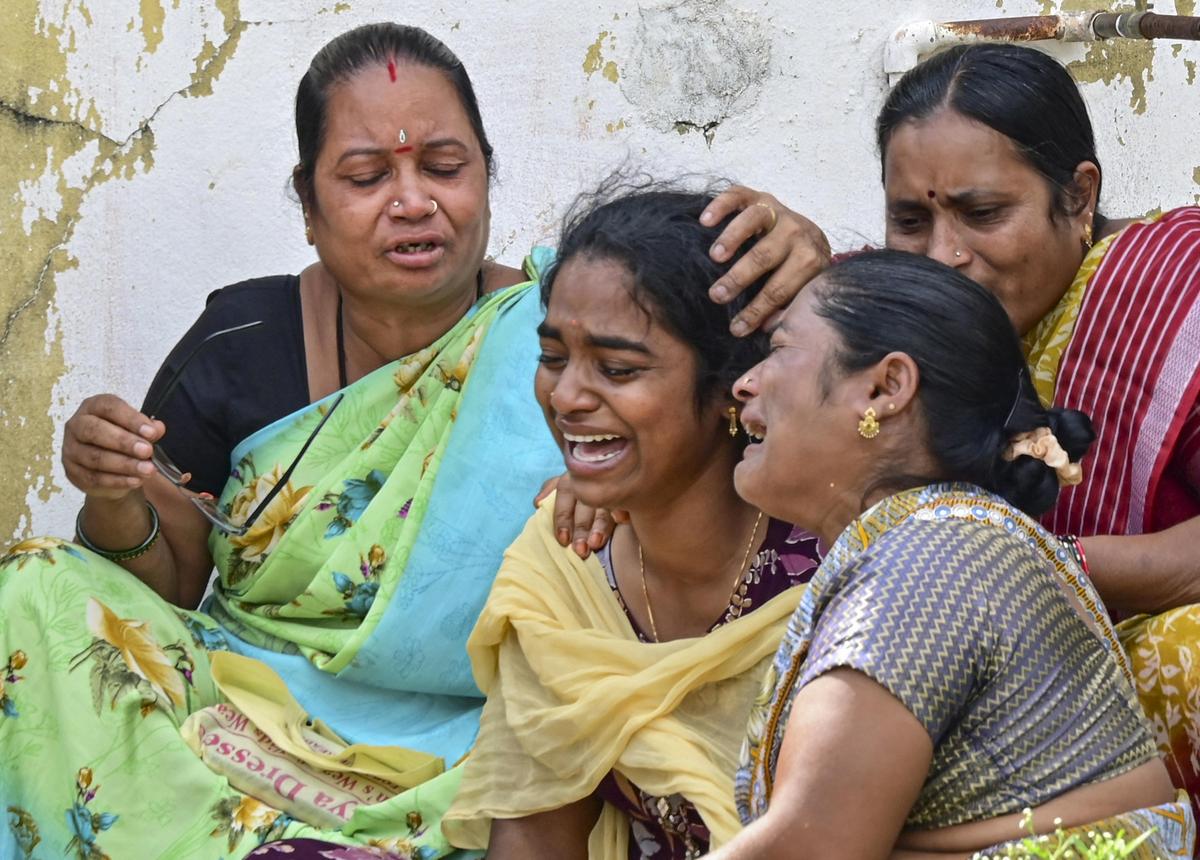
Family members of those who died in the accident mourn outside a hospital in Chevella.
| Photo Credit:
PTI
Overall, between 2022 and October 2025, the stretch has witnessed 538 accidents, leaving 145 dead and 514 injured.
The risks have been flagged before. In a 2022 report to the Ministry of Road Transport and Highways, Cyberabad Traffic Police identified 12 black spots along the APPA Junction-Manneguda stretch of NH-163 — including a half-kilometre patch in Chevella, from Emcor Packing Private Limited to Al Habeeb College of Engineering & Technology. Between 2018 and August 2022, that stretch recorded 151 accidents, resulting in 34 deaths and 151 injuries.
Within a 10-kilometre radius of the Mirjaguda crash site, there are more than a dozen medical facilities, including two private medical colleges (Bhaskara and PMR), the government-run CHC in Chevella and several primary health centres. “There are adequate medical facilities on the stretch. The problem is the road alone,” says Dr.Srinivas.
Madhapur Traffic DCP T. Sai Manohar says a dedicated patrol vehicle, as part of a fleet of eight such assigned to national highways under Cyberabad limits, monitors accident-prone stretches in Chevella.
Engineering flaws, reckless driving
Officials say the crashes on this stretch aren’t random tragedies; they are engineered into the road.
According to Manohar, the surge in accidents on this stretch of NH-163 is the result of poor road design, inadequate maintenance and driver behaviour. “The road has several sharp curves and drivers tend to speed to reach their destination faster. That combination has proven deadly,” he says, adding that slope variations, structural defects and surface damage have only worsened safety.
Vinod Kanumula, chief functionary of the Indian Road Federation and a native of Vikarabad who has driven this route for nearly two decades, says the problems have been known for years. “That is my regular route, which I even audited in 2017 from APPA Junction to Bijapur. Even though funds were allotted, road expansion has been endlessly delayed,” he explains.
To him, the danger begins with the design: “It is barely wide enough for two buses to pass. Being an inter-State road connecting Karnataka and Mumbai, it carries heavy commercial traffic, yet it remains unsafe. My car once overturned because of a steep curve. Except for Chevella, Manneguda and Moinabad junctions, there are no streetlights and the rest stays dark after sundown.”
Manohar notes that traffic on the route has surged in recent years as IT employees, students and business owners from Vikarabad, Bijapur and nearby towns commute to Hyderabad every day. “The road was never designed to handle such heavy movement,” he says.
Kanumula says the growth has been exponential, not incremental. “Once you veer off the road, you end up in a forest or in sand. Crashed vehicles are a common sight. The road has no shoulder marking, no signage or reflectors and no warning for speed-breakers,” he says. What was once a one-hour drive from Vikarabad to Mehdipatnam now takes 45 minutes longer, with mining trucks and private vehicles adding to the traffic burden, he adds.
Residents and commuters echo that frustration. “I have been seeing accidents on this stretch for years now. Every few weeks, there is another crash but nothing ever changes,” rues Ramana, a Chevella resident.
Overcrowding has added to the chaos. “The free travel scheme for women has led to a surge in passengers, but not in buses or staff,” says an RTC bus driver who visited PMR hospital, where Radha — the injured conductor of the ill-fated bus — is being treated. Radha suffered a 10-centimetre cut on her forehead and required 18 stitches. “During rush hours, it is impossible to control the crowd. How can we tell them not to board,” he asks.
But infrastructure alone isn’t to blame. Road safety author and driver-training coach Naresh Raghavan says design flaws become fatal when coupled with human error. “The accident happened on an undivided road. It is possible that the driver had no formal training or driving education, which led to a miscalculation that cost 19 lives.”
According to him, overtaking on narrow, undivided highways is one of the most dangerous decisions a driver can make. “It requires judging the speed of oncoming vehicles, your own speed and distance to the obstacle in a split second. A slight error can end in disaster. To prevent such tragedies, there should be compulsory driver education before issuing licences, especially for heavy vehicle drivers,” he asserts.

Family members of those who died in the accident mourn outside the Patnam Mahender Reddy General Hospital in Chevella.
| Photo Credit:
PTI
Offering a reminder often forgotten in accident statistics, Kanumula says, “Attention goes only to the deceased. But what about those injured, who may never be able to work or provide for their families?”
Ironically, the day of the crash was also the day the National Green Tribunal issued orders permitting widening of NH-163 between Moinabad in Rangareddy district and Manneguda in Vikarabad.
Overload and error under lens
Telangana Director General of Police (DGP) B. Shivadhar Reddy, who inspected the crash site a day later, says preliminary findings point to a misjudgment by the lorry driver. “He tried to avoid a small pothole, swerved slightly to the right and collided with the bus. Otherwise, we do not see any issue with the road. The curve is not sharp, there are no trees blocking visibility and no other obstructions,” he notes.
Investigators are also examining if the lorry’s mechanical condition — its engine, braking system and overall maintenance — played a role.
Initial inspection suggests the lorry was carrying nearly 60 to 70 tonnes of gravel, almost double its permitted capacity. Officials believe that the excessive load may have intensified the impact of the collision. “We are verifying the vehicle’s documents, the trail of transactions and the gravel load taken from Lakdaram in Patancheru before it began its journey towards Manneguda via Shankarpally. The possibility of overload cannot be ruled out,” an investigating officer says.
While the probe deepens, families shattered by the crash wait for clarity and accountability.

